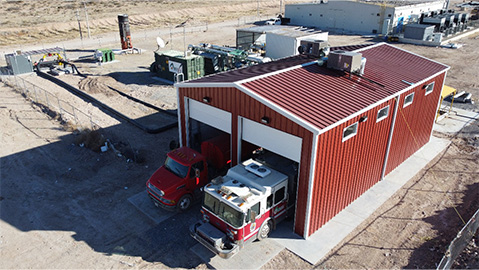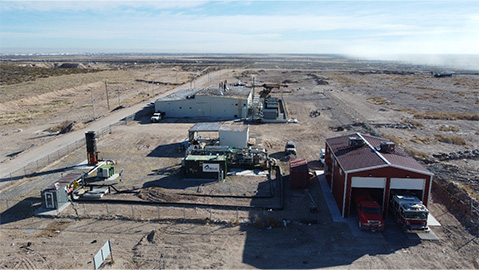The Ciudad Juarez Landfill Gas to Energy Project is a landfill gas (LFG) collection and utilization project in the Ciudad Juarez landfill in the desert-dominated state of Chihuahua, Mexico (the Host Country). The Project’s purpose is to reduce greenhouse gas (GHG) emissions by capturing and utilizing the methane (CH4) in the LFG released by the Ciudad Juarez landfill and avoiding future GHG emissions from the decomposition of municipal solid waste residues.
The captured methane is combusted to generate electricity exported to the national power grid and used as an alternative source of cheap, local, stable, and renewable energy. Thus, in addition to directly eliminating a significant portion of methane emissions, a potent GHG with 80 times the global warming potential of CO2 in a 20-year period, the Project will also displace fossil fuel-based electricity generation that would have caused the emission of additional CO2. All landfill gas collected when electricity is not produced will be flared turning methane gases into carbon dioxide (a lower global warming potential pollutant) and water.
The Ciudad Juarez landfill, which started operating in 1994, has an estimated capacity of 30,000,000 cubic meters and a footprint of 79 hectares (nearly 200 acres or 151 football fields). The landfill, when full, is predicted to be closed in 2040.
The collected landfill gas is used for electricity generation on-site using a destruction device considered as Rich-burn internal combustion engine as per Mexico Landfill Protocol. The plant for generating electricity includes a generator-set of 6.4 MW installed capacity (comprised of four generator engines), a 13.8 to 115 kVA transformer during phase I, a transmission line that reaches the local electric grid.
The project has been registered since 30/11/2007 under CDM Standard and has successfully transitioned to the Climate Action Reserve Registry for its second crediting period.








